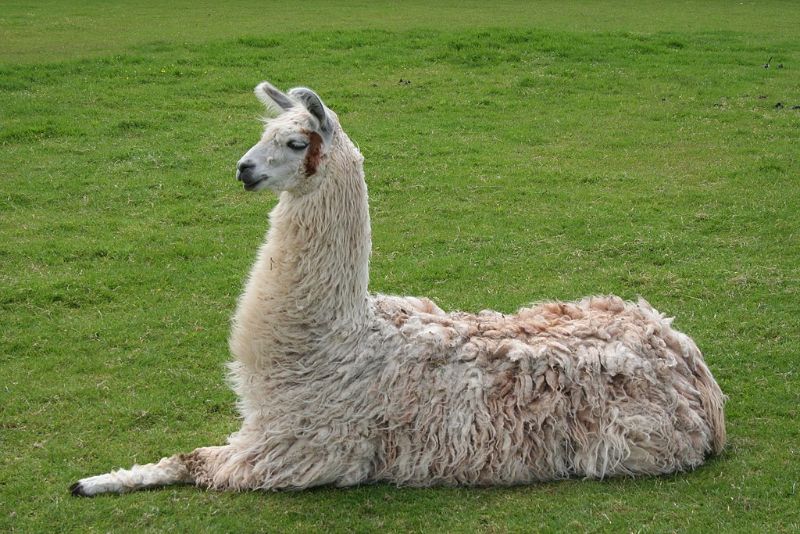
Researchers from the Rosalind Franklin Institute, Oxford University, Diamond Light Source and Public Health England in the UK have engineered antibodies obtained from llamas against Covid-19.
In lab tests, the engineered antibodies were found to neutralise the SARS-CoV-2 virus, which causes Covid-19 infection. Findings from the research have been published in Nature Structural & Molecular Biology journal.
These antibodies, called nanobodies because of their small size, are expected to be developed as a treatment for severe Covid-19.
Llamas, camels and alpacas are known to naturally generate quantities of small antibodies with a simpler structure which can be converted into nanobodies.
The research team engineered the nanobodies using antibodies extracted from llama blood cells. It was observed that the nanobodies attach to the spike protein of the SARS-CoV-2 and block it from entering human cells, preventing infection.
When the researchers used advanced imaging with X-rays and electrons at Diamond Light Source and Oxford University, they found that the nanobodies bind to the spike protein in a new mechanism compared to other, already identified antibodies.
Rosalind Franklin Institute director professor James Naismith said: “These nanobodies have the potential to be used in a similar way to convalescent serum, effectively stopping progression of the virus in patients who are ill.
“We were able to combine one of the nanobodies with a human antibody and show the combination was even more powerful than either alone. Combinations are particularly useful since the virus has to change multiple things at the same time to escape; this is very hard for the virus to do.”
Currently, the team is analysing antibodies from one of the ‘Franklin llamas’ at the University of Reading. These antibodies were taken after the llama was immunised with harmless purified virus proteins.
Early results revealed that the llama’s immune system generated various antibodies from those already discovered, expected to allow cocktails of nanobodies that can be tested against the virus.



